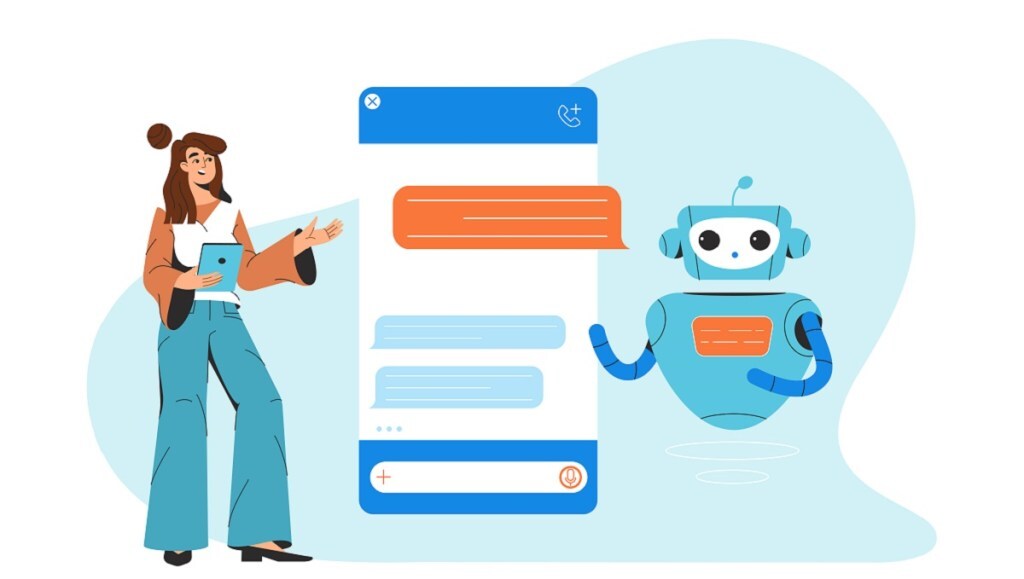– By Devashish Mamgain
We must first understand the processes taken to get here to comprehend how AI has impacted e-commerce. The benefit of shopping in person used to be that it was more convenient; a personal shopper will assist you in finding what you need. But now, compared to brick-and-mortar stores, the e-commerce portion of stores today house a far greater number of goods and services than were ever available in person. Instead of waiting for availability at a physical shop, you can order online and have your product delivered to you. This allows shops to offer their customers a far more considerable wealth of products as they don’t have to worry about storage space or customers not finding the exact product they want. Through this, we see how from 2019 to 2020, e-commerce sales rose from $156.39 billion to $206.66 billion, a 32.1 per cent increase in a year.
How did we get here?
Customer expectations are changing, especially post-pandemic. Convenience reigns supreme, with customers preferring minimal waiting times to get their hands on the product they want. Previously, e-commerce portals would have a more extensive selection but wait times were significantly higher. With more e-commerce portals opening warehouses and leveraging the revolution in last-mile delivery services, these wait times have virtually disappeared with players including services like same-day delivery – often outpacing their retail counterparts.
Being allowed to open your phone, go to a digital storefront and place an order within minutes has allowed e-commerce giants to grow and develop to the point where now e-commerce companies are far more established, wealthy, and utilised than their physical counterparts. However, some would argue that the personal touch is gone from shopping, and people are often unhappy with their online purchases, resulting in a high return rate of products, especially electronics and clothes, with clothing’s return rate being 25-40 per cent in India alone.
Personalising shopping, especially in the digital age, has been seen to increase results, with a service like a conversational chatbot generating up to 55 per cent more leads than their physical counterpart for their businesses. An online chatbot may not seem like a personal touch, but it can come very close when it is fed with a database of shopping trends, demographics, and product information.
How do chatbots help?
Instant responses, information at your fingertips, and a cache to store preferences all come together to recreate an in-store experience right from the comfort of a customer’s couch and in turn, decrease their return rate. Chatbots help with the return rate by presenting customers with a product that an algorithm has selected based on past trends, questions asked by the customer, and a host of applicable filters like price and availability. This is done through the process of customers asking more questions – through that, their preferences are noted and stored for later and can be used to cross-reference when the bot moves to provide the customer with a product or service best suited to them. Chatbots also bridge the gap between advertisements and the actual process of buying. With most brands funneling advertising budgets into social media these days, we’re seeing a sea change in what sells best to customers. If a customer sees an ad on a social media website, often it can be coupled with a chatbot that is integrated directly into the chat function of an Instagram or Facebook. Whatsapp takes it a step further by allowing for even further personalised targeting and direct-to-inbox product ads, discount codes and delivery preferences due to the combined databases.
Businesses leveraging AI chatbots have reported far more efficient query resolutions from AI chatbots than human representatives in their customer support services. This automation has allowed human representatives to refocus their attention on more productive daily tasks, cutting down on time spent answering customer support queries. Automation allows for a massive boost in efficiency due to the chatbot’s ability to immediately answer questions using its attached database and machine learning technology. When chatbots are employed, live agent communication may be reduced by 30 per cent, with chatbots handling 70 per cent of client interactions. This allows your live agents to spend less time on customer support and more on business development, brainstorming and scaling – which can revolutionize your business.
Providing your customers with the most straightforward path from perusing to purchasing can be the defining factor of your business with a chatbot. But it’s not just its customer-facing advantages that make a chatbot great; when scaling a business, regular insights are a paramount factor to growing steadily as it provides a far more actionable plan. Lead generation is essential to success, and a chatbot’s ability to be platform agnostic can be the deciding factor in a company doing well. Integrated chatbots spread across the website and social media pages allow mass blasts across the customer database to be handled quickly. In 2023, we’re well into the age of information, and leveraging a chatbot’s veracity and resources can align your company with customers’ expectations for (nearly) instant gratification.
(Devashish Mamgain is the CEO & Co-Founder of Kommunicate.io)

